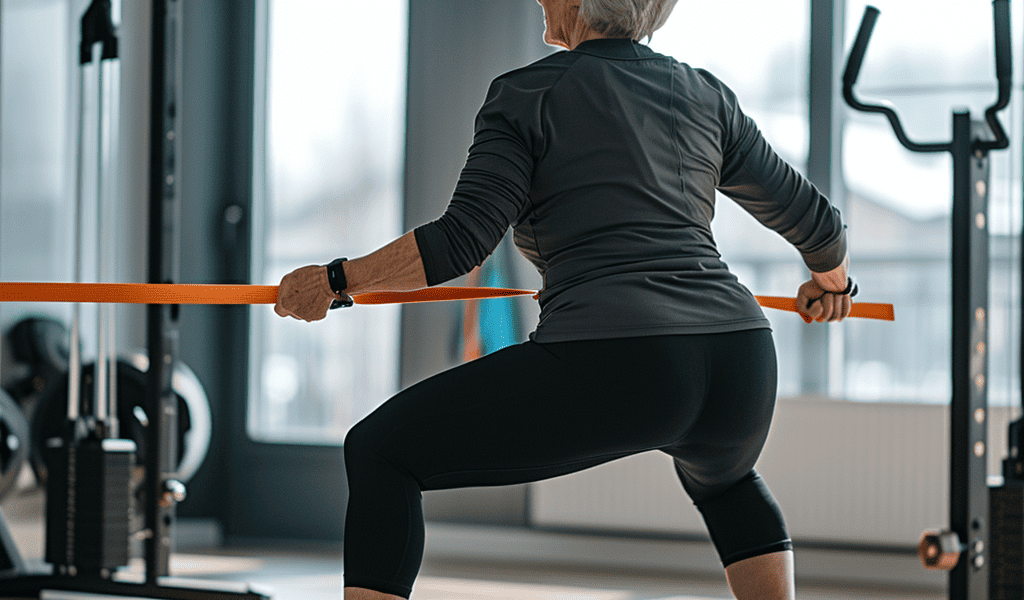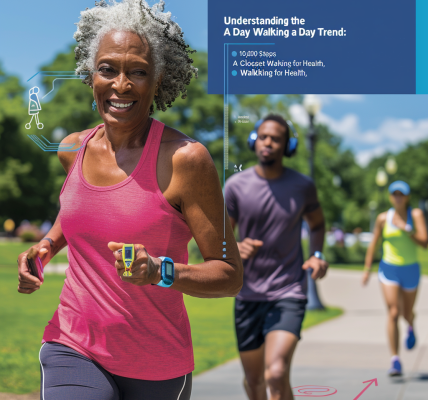Exercising to maintain bone health through menopause
Laura, a 51-year-old woman, has recently been diagnosed with entering the post-menopausal stage. Concerned about osteoporosis, she is eager to understand how this phase of life will impact her bones and what she can do to mitigate its health effects.
During menopause, the decrease in production of female sex hormones, particularly estradiol, has a detrimental effect on bone health, leading to a rapid decline in bone mineral density. This can progress to osteopenia and, in severe cases, osteoporosis, increasing the risk of bone fractures.
Research emphasizes the crucial role of physical exercise in preventing and reversing osteoporosis. Exercise focused on the lower back, head and neck of the femur, and hips region has been shown to effectively reduce the risk of fractures and falls, especially in postmenopausal women.
Studies have indicated that moderate physical activity, including aerobic, strength, or combined exercises, has a positive impact on bone mineral density in postmenopausal women, irrespective of their bone status or menopausal phase. Moreover, engaging in higher-impact activities and progressive strength training has been linked to 1% to 3% lower bone mineral density loss compared to individuals who do not exercise.
It is evident that incorporating progressive strength workouts, particularly targeting the lower body, can significantly enhance the anti-osteoporosis benefits of exercise. Conversely, certain physical activities may not provide the same bone-stimulating benefits as others.
Overall, the evidence underscores the importance of regular physical exercise, particularly strength training and higher-impact activities, in maintaining bone health during menopause. By embracing an active lifestyle and engaging in targeted exercises, women like Laura can effectively combat the adverse effects of menopause on their bone health.





